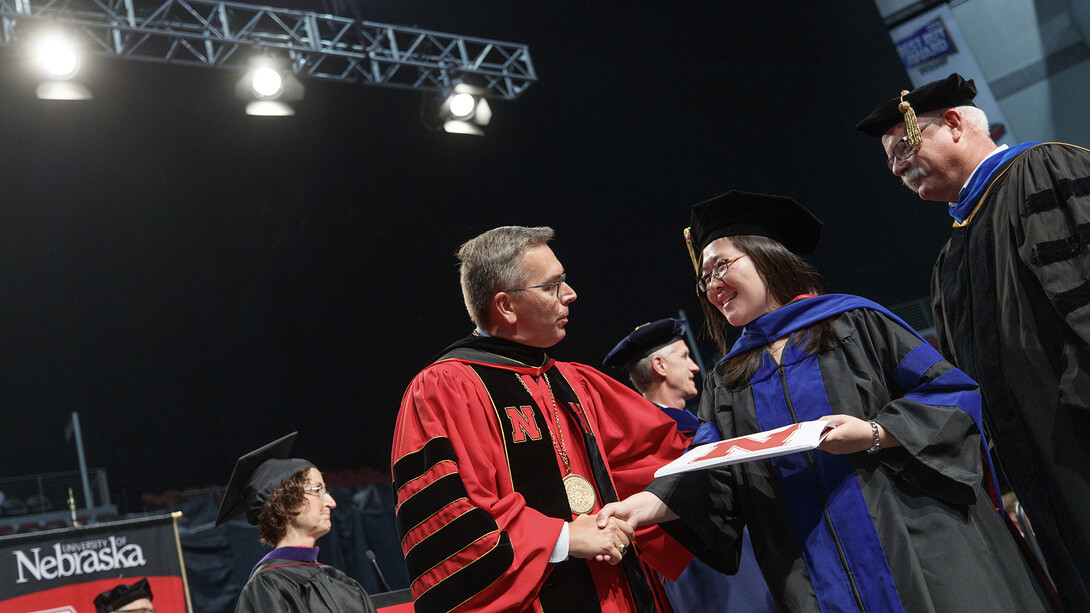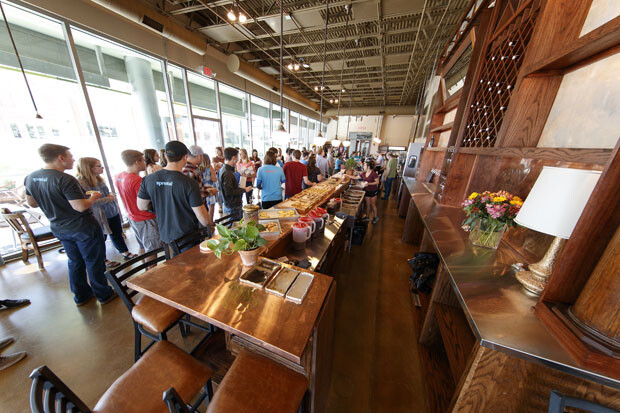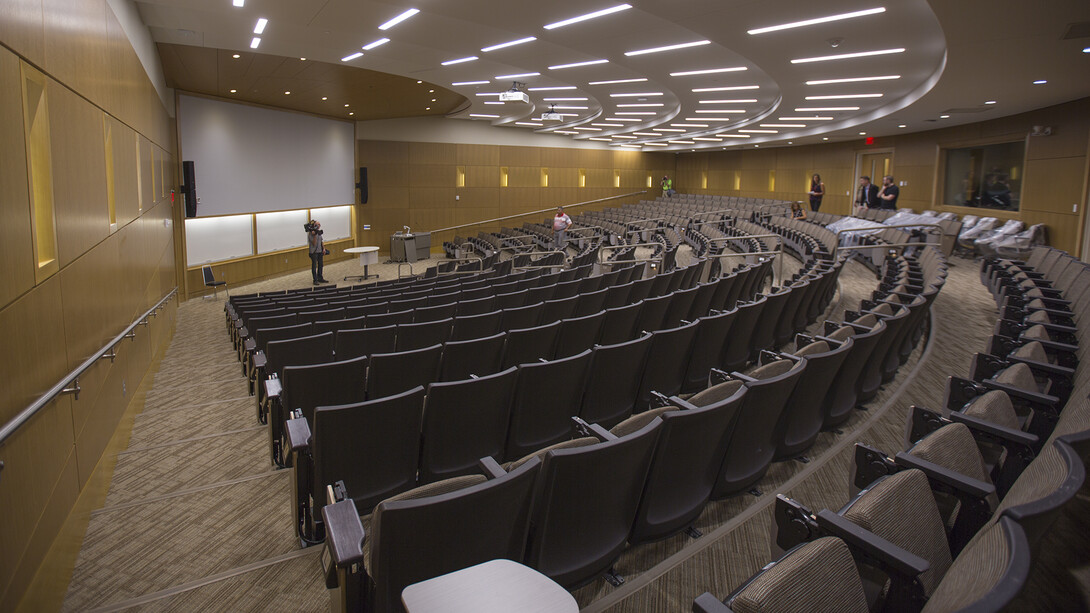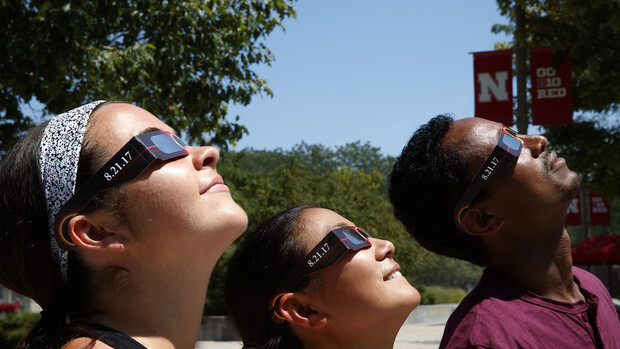
Between vacations, study-abroad trips, classes and other summertime fun, the University of Nebraska–Lincoln continued to make headlines this summer. To help you catch up with recent news as the new semester begins, here’s a list of the university’s top summer headlines.
Among the best
Nebraska continues to be counted among the top universities in the nation. Among new rankings and ratings this summer, Nebraska was named among the nation’s best universities by Princeton Review; a Best Buy university by Fiske Guide to Colleges 2018; as one of the safest college communities by the National Council for Home Safety and Security; and a best institution for technology transfer by the Milken Institute.
Structure, policy and process changes
To help manage a $49 million budget shortfall, the university announced changes to integrate facilities, energy, procurement and human resources functions at each University of Nebraska institution into system-wide functions. Other changes include a reduced mileage reimbursement rate for employees, a new software system for submitting travel expense reports, and plans to reduce printing and copying costs over time.
New coffee shops open
A pair of new coffee options opened on campus this summer. A full-service Starbucks replaced the Caffina Café in the Nebraska Union, and the Mill Coffee and Bistro opened as the first restaurant at Nebraska Innovation Campus.

Bright research
By focusing later light to a brightness one billion times greater than the surface of the sun, Nebraska physicists generated the brightest light ever produced on Earth, allowing them to observe changes in a vision-enabling interaction between light and matter. The changes yielded unique X-ray pulses with the potential to generate extremely high-resolution imagery useful for medical, engineering, scientific and security purposes.
Demolition plans heat up
After nearly two years of planning and consultation, final details on the demolition of the Cather-Pound Residence Hall complex are coming into focus. The dining center will be razed in November, allowing for the implosion of the two 13-story residence hall towers. The demolition is targeted for late December.
Summer construction
The university opens the fall 2017 semester with four new buildings — including two academic buildings, a residence hall and dining center. Summer construction also continued on the University Health Center and thermal energy storage tank, while also bringing traffic pattern changes to 16th, 17th and Vine Streets through City Campus.

Administration changes
After nearly two decades of leadership, Christine Jackson, vice chancellor for business and finance, announced in June that she will retire at the end of 2017. Other recent administrative changes include: Judy Walker was named associate vice chancellor for faculty and academic affairs; Amy Goodburn was named senior associate vice chancellor and dean of undergraduate education; Patricia Sollars is the new director of undergraduate education programs; and Marjorie Kostelnik was picked to lead the University of Nebraska system’s efforts to reduce costs.
Award-winning project
The College of Journalism and Mass Communications’ student-led “Wounds of Whiteclay” project earned the grand prize at the Robert F. Kennedy Journalism Awards ceremony May 23 in Washington, D.C. It was the first time in the event’s 49-year history that the top prize went to a college group.
Student activity
Nebraska students also continued to make headlines through the summer months. Inspired by an electric vehicles course, May graduates Arthur Fischer, Eric Peterson and Sam Wildman converted a 1964 Chevy Corvair from an internal-combustion engine to full electric power. A grant from the Association of Students of the University of Nebraska’s Green Fund helped Kylie Tucker establish a green roof on a balcony area at the Rec and Wellness Center on East Campus. Austin Aren used high tech skills he’s gained at Nebraska to help the National Park Service prepare for an Aug. 21 eclipse event at Homestead National Monument. And, based on work counseling dozens of sexual assault survivors and their families, Kate Theimer published a study that found abused teens are more likely to be blamed if the abuse occurred more than once.
Gender gap
A study by economists Ann Mari May and Mary McGarvey showed that women in blue states are more likely to break the glass ceiling and to move into high-salary, high-education jobs in male-dominated fields.
Great Wall of Trees
Researchers David Karle and Sarah Thomas Karle conducted the first comprehensive analysis in more than 40 years of Franklin Delano Roosevelt’s massive 1930s New Deal project that proposed a “Great Wall of Trees” to slow wind erosion that caused the Dust Bowl. The study found that FDR’s approach to conservation politics might provide guidance to leaders grappling with today’s environmental and climate issues.
Here comes the sun
Faculty and staff worked to organize and plan a series of campus events related to the Aug. 21 total solar eclipse. Learn more about those events, related stories and links.








